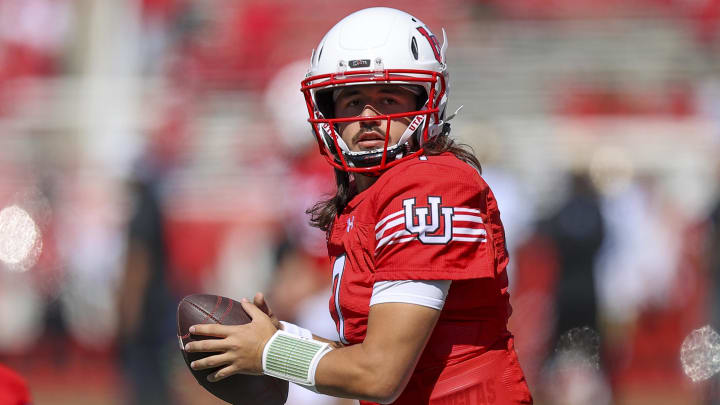Top 25 College Quarterbacks Projected to Outearn Half of NFL QBs by 2025

The quarterback is widely lauded as the single most impactful position in all of sports. An elite signal caller can make a bad team average and a good team great. One thing that fans of football learn very quickly is that exceptionally gifted quarterbacks are rare, and those few players who have the ability to lift teams to new heights are compensated heavily. A new annual NIL report from Opendorse supports this notion and projects that by the 2025-2026 college football season, the top twenty-five quarterbacks in FBS football will earn an average of $1,310,000 in total NIL compensation.
When this projection is compared to the salaries quarterbacks make in the NFL, the average top quarterback in college will earn more in NIL earnings than the total cash (base salary plus other team payment) of sixty-one of the one hundred and nineteen active NFL quarterbacks –– put into percentages, that is more money than 51.3% of NFL signal callers. The projected 2025-26 NIL average compensation would slot in as the fifty-ninth-highest quarterback compensation in the NFL. For reference, this earning power would fall between Titans third-year backup Malik Willis, with a 2024 cash compensation of $1,407,300, and Lion's backup Hendon Hooker’s $1,299,778 total compensation.
Only Up From Here 🚀
— Opendorse (@opendorse) July 11, 2024
By 2025, top 25 DI quarterbacks can expect to earn $1.3M+ annually, factoring in scholarships and benefits, collective and commercial NIL, and revenue share payments.
It is important to highlight the fact that salaries are not the only revenue streams that professional athletes have. NFL players’ total compensation also includes licensing their publicity rights in endorsement deals and passive royalty earnings through the NFLPA through jersey sales, trading cards, and appearances in video games. These figures can differ from athlete to athlete depending on their level of fame. While endorsement deals are hard to track, annual NFLPA royalty payments can range from $32,000 to Patrick Mahomes’s $3,600,000 2024 group licensing payout.
This projection is important for forecasting future trends. The NFL only has thirty-two starting positions, and many franchises are not looking to replace their quarterbacks. This leaves very few spots for collegiate talent to make an impact as a starter and be compensated at the highest level. In the 2024 draft, first-round picks starting salaries ranged from $2,246,759 to $7,179,283, with signing bonuses between $5,807,036 to $25,537,132.
For quarterback prospects with first-round potential, making the jump as an early entrant to the draft makes financial sense. For players projected to fall beyond the first or early second round, staying in school all four years was common to elevate draft stock, but now can also enable athletes to have more short-term earnings than they otherwise would as a mid-round pick. Spencer Rattler, the first quarterback in the 2024 draft taken outside of the first round, will make $795,000 in his first year as a pro and received a $336,480 signing bonus.
In football and basketball, players who are not bona fide first-round talent are forgoing early entry at higher rates, largely due to staggering NIL payouts. The increased valuation of athletes, especially quarterbacks, will only exaggerate this trend. For fans of college football, this means that the sport will see an older and more talented core of quarterbacks and likely a better on-field product because of it.
